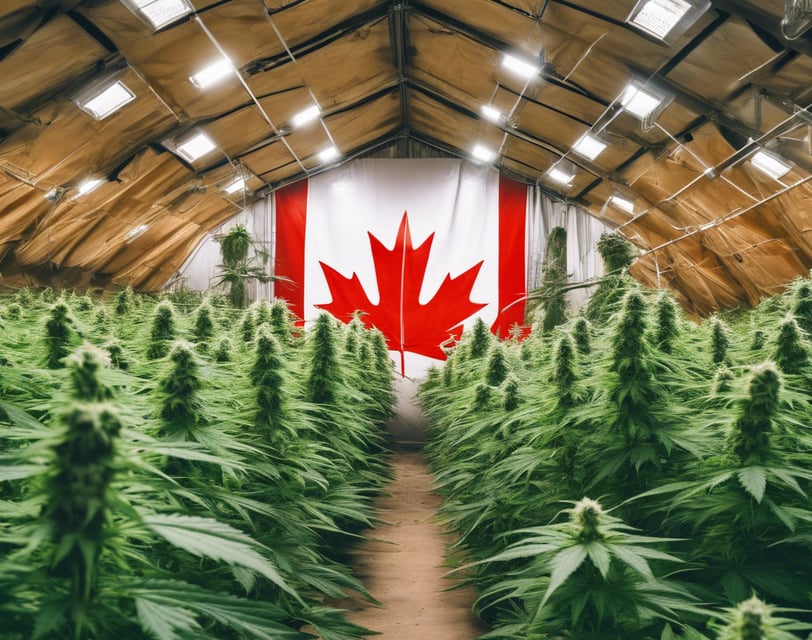Canada's Role in the Modern World of Commercial Cannabis Cultivation
anada has transitioned from small-scale, community-driven cannabis production to a global leader in the legal cannabis industry. Initially prominent in British Columbia, cultivation expanded with indoor hydroponic operations. The 2018 Cannabis Act established a regulated framework for production and sale, enhancing product safety and reducing the illicit market.
smokyb420
7/2/20242 min read


Cannabis cultivation in Canada has deep roots, especially in British Columbia. The Gulf Islands and the Kootenays became hubs for cannabis production due to their ideal outdoor growing conditions. The cultivation practices in these regions were primarily community-driven, often associated with the counterculture movements of the 1960s and 1970s. These early efforts laid the foundation for what would become a significant industry in the country.
The Rise of Indoor Cultivation and Organized Crime
Over time, the focus of cannabis cultivation shifted towards indoor, hydroponic operations, particularly in the Lower Mainland of British Columbia. These operations allowed for year-round production and greater control over growing conditions. However, the expansion of indoor cultivation also attracted criminal organizations. The U.S. Drug Enforcement Administration reported that groups like the Hells Angels and the Red Scorpions were heavily involved in these operations, contributing to the illicit cannabis market.
Legalization and Regulation
The landscape of cannabis cultivation in Canada underwent a seismic shift with the legalization of cannabis for medical use in 2001 and recreational use in 2018. The Cannabis Act of 2018 marked a new era, establishing a comprehensive legal framework for the production, distribution, sale, and possession of cannabis. This legislation aimed to keep cannabis out of the hands of youth, eliminate profits for criminals, and ensure a safe product for consumers.
Under this Act, the federal government set strict requirements for producers, including licensing, quality control, and tracking from seed to sale. Provinces and territories were tasked with developing their own systems for distribution and sale, often mirroring the regulatory frameworks for alcohol.
The Modern Industry
Today, Canada boasts a robust legal cannabis industry. Companies like Tantalus Labs are pioneering sustainable cultivation methods, such as using captured rainwater and reducing electricity usage. The industry includes various license types, from micro-cultivation and processing to large-scale production for medical and recreational markets.
As of 2023, over 70% of the cannabis consumed in Canada comes from legal sources, a significant increase from the 22% reported in the fourth quarter of 2018. This shift indicates a successful transition from the illicit market to a regulated industry, benefiting both consumers and the economy.
The Impact and Future
Canada's approach to cannabis legalization has set a global precedent, balancing public health concerns with the economic potential of the industry. The government continues to refine regulations, ensuring product safety, minimizing youth access, and reducing the burden on the criminal justice system.
The future of cannabis cultivation in Canada looks promising, with ongoing advancements in cultivation techniques and an expanding market. As consumer preferences evolve, so too will the methods and regulations surrounding cannabis production, maintaining Canada's position as a leader in the global cannabis industry.
For more detailed information, you can explore the sources used for this article: Health Canada, the Canadian Encyclopedia, and the Government of Canada's official websites.
Contacts
bart@smokyb420.com
(+27) 084-717-2943
